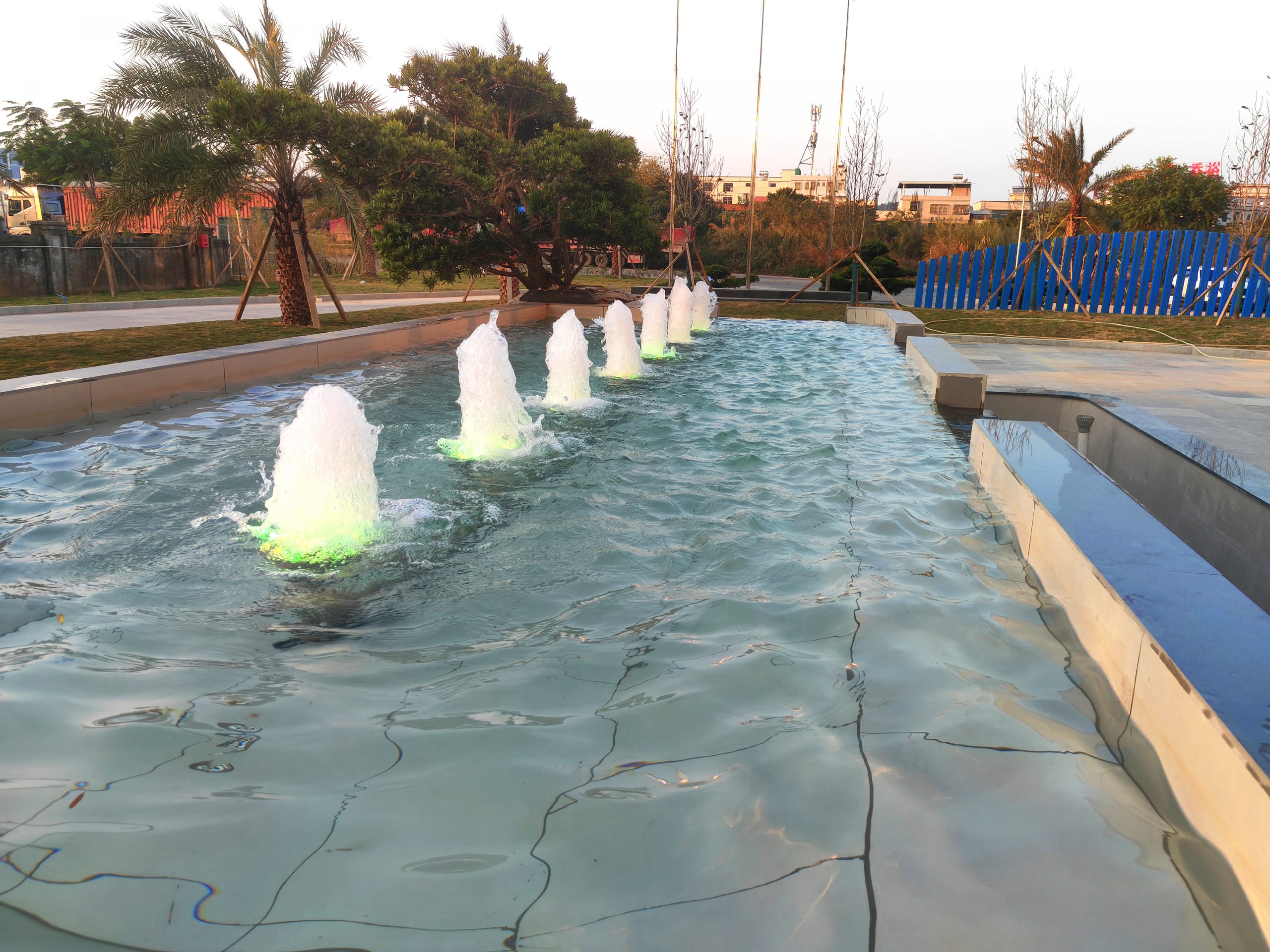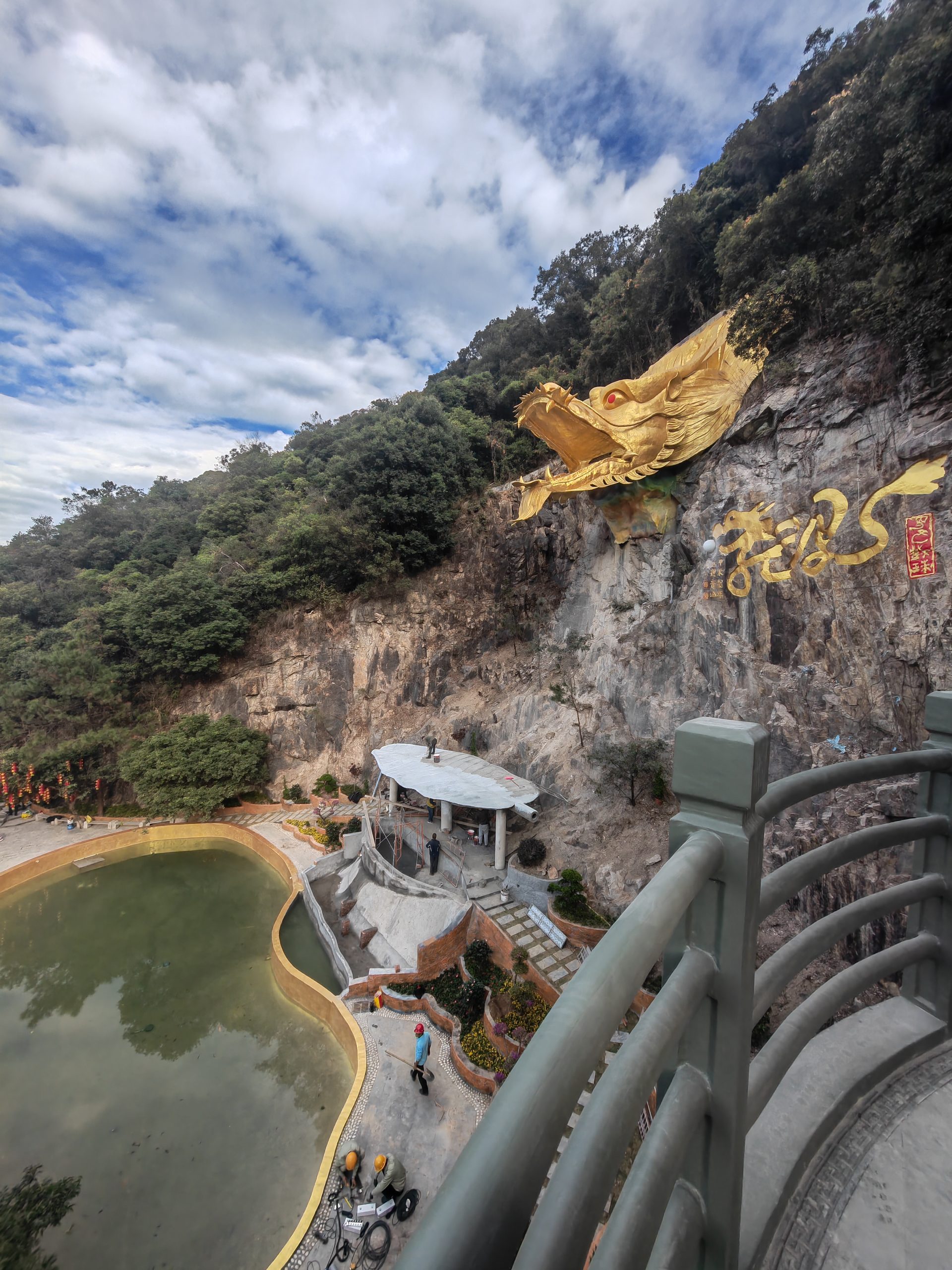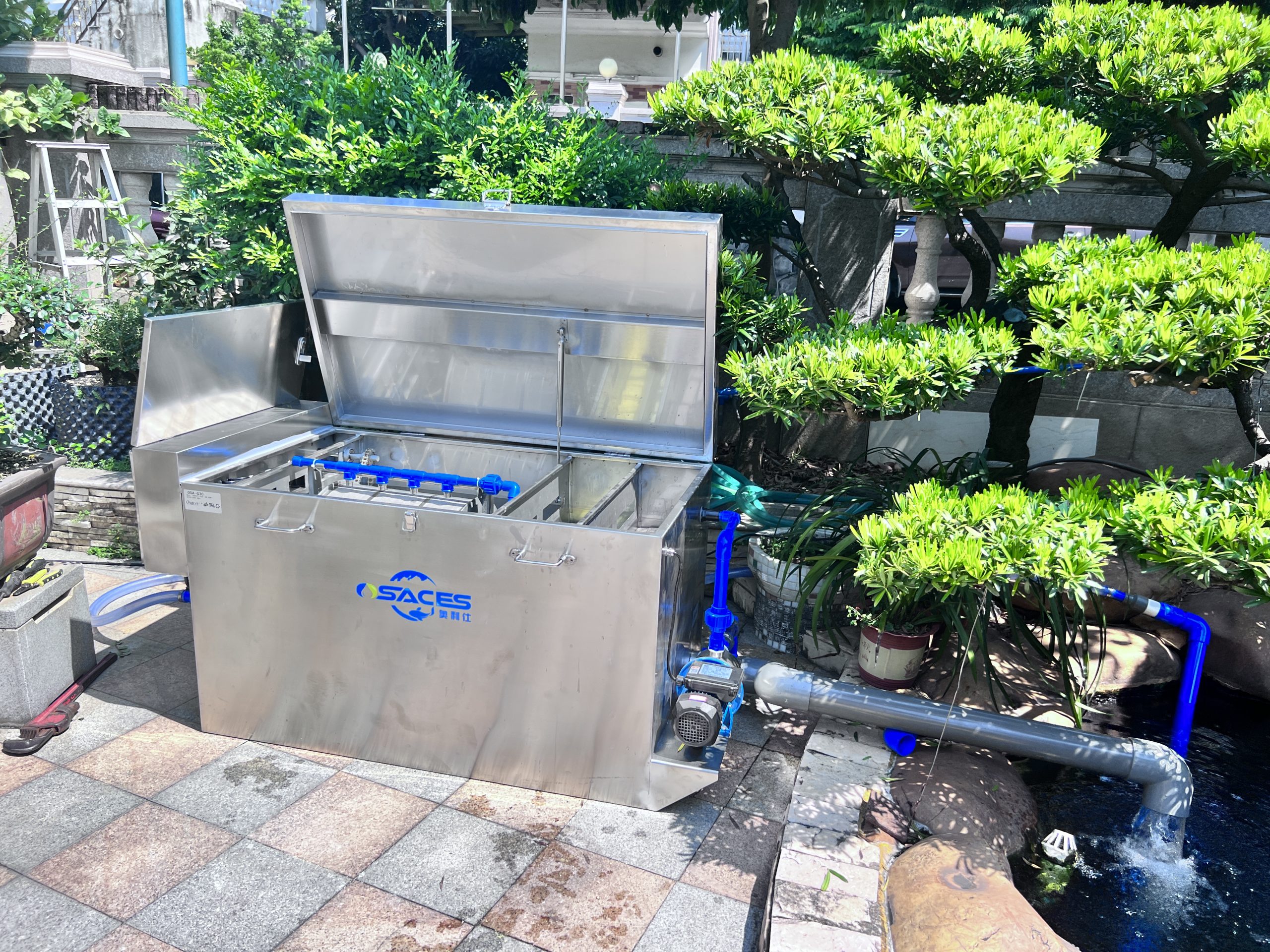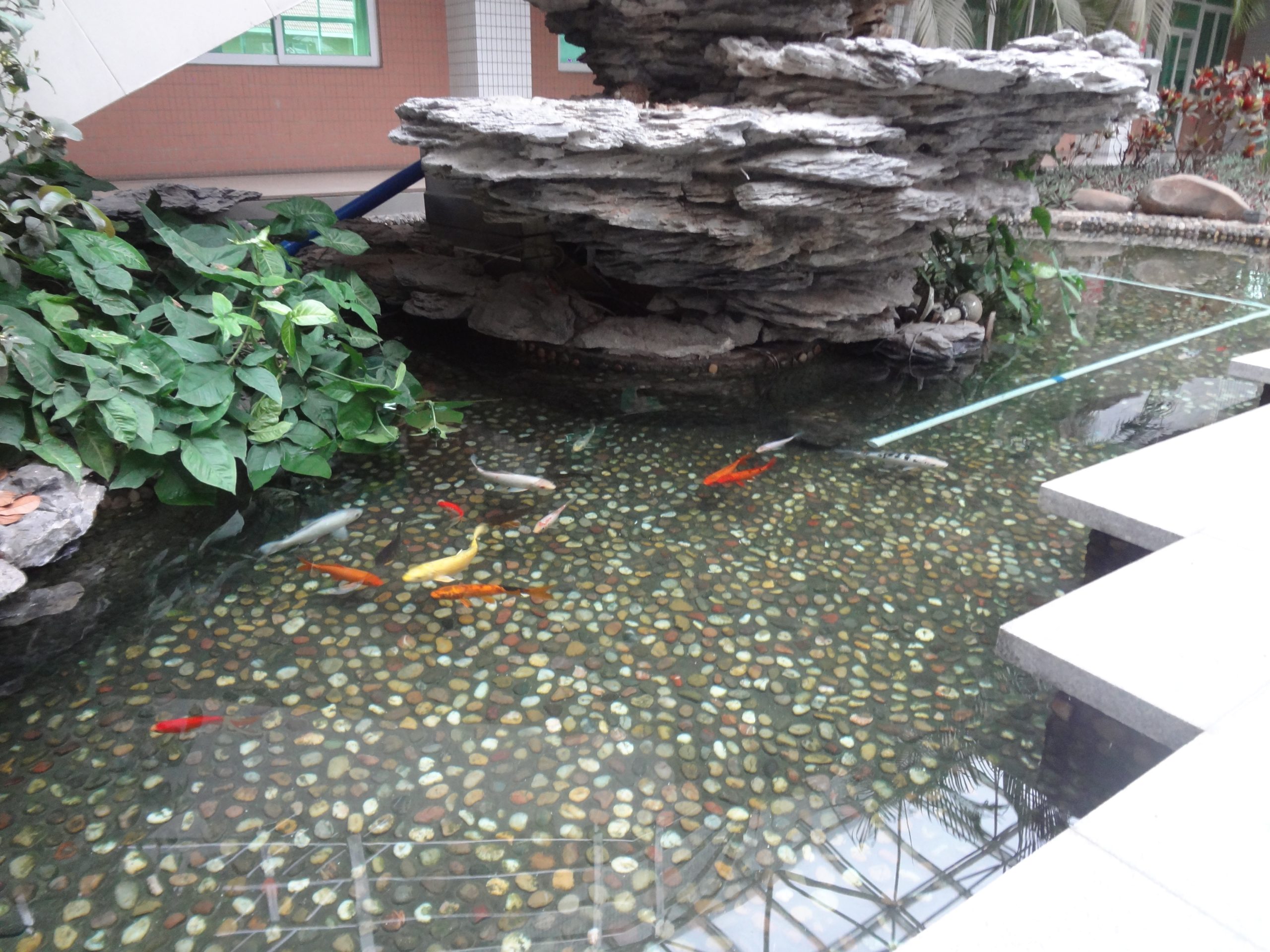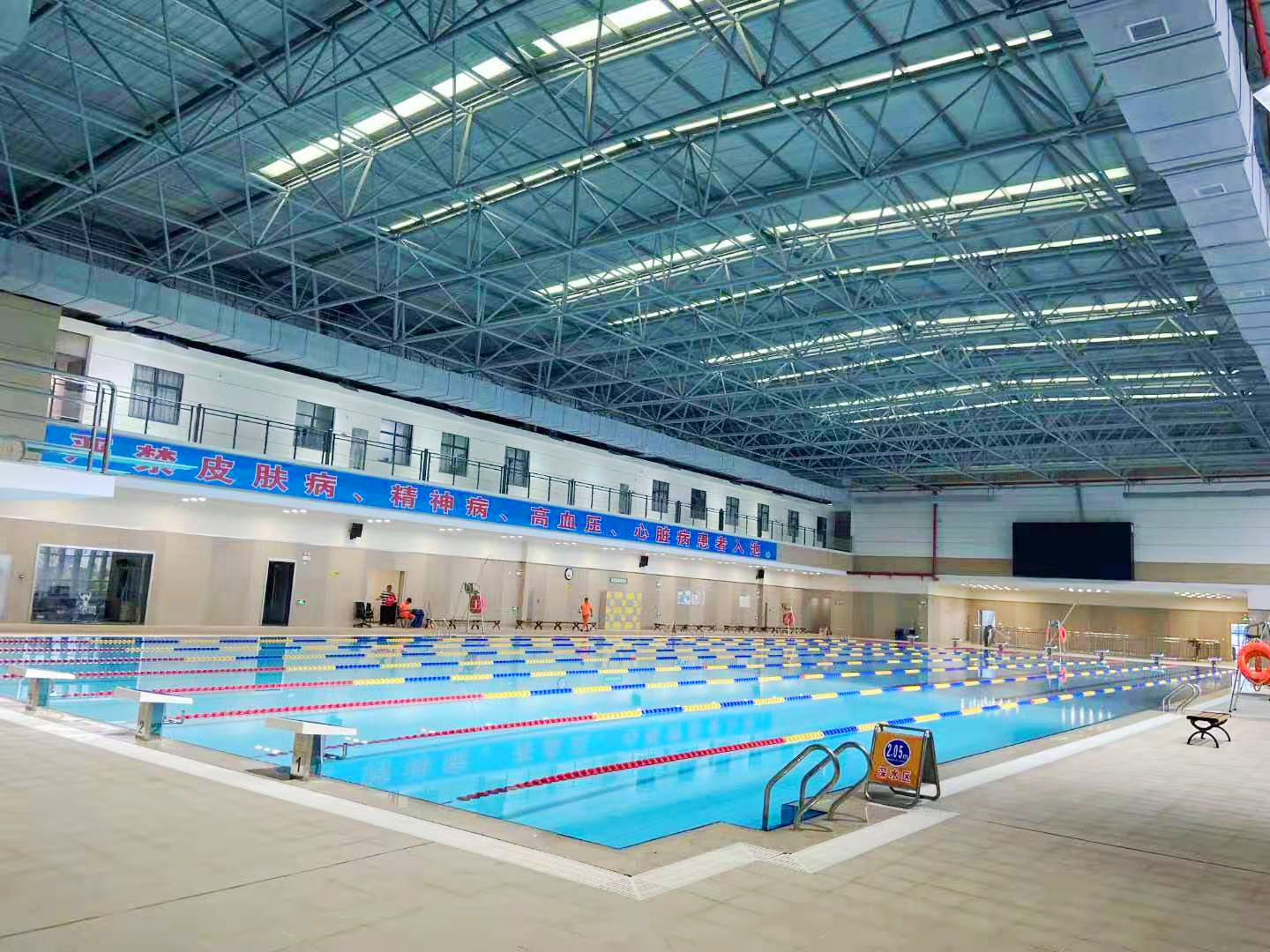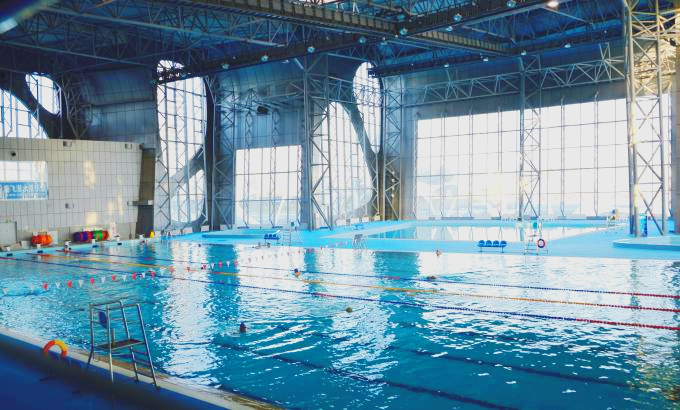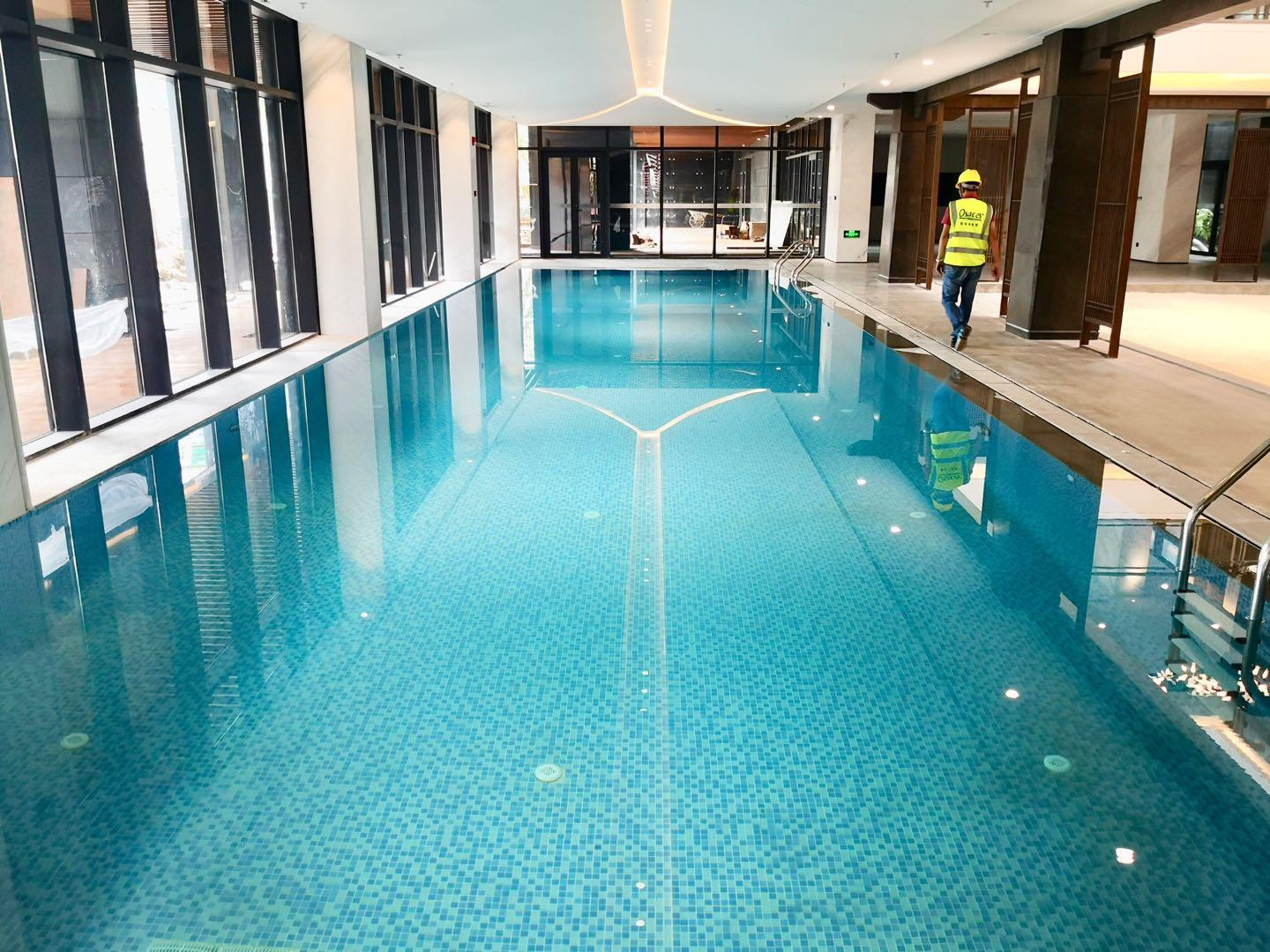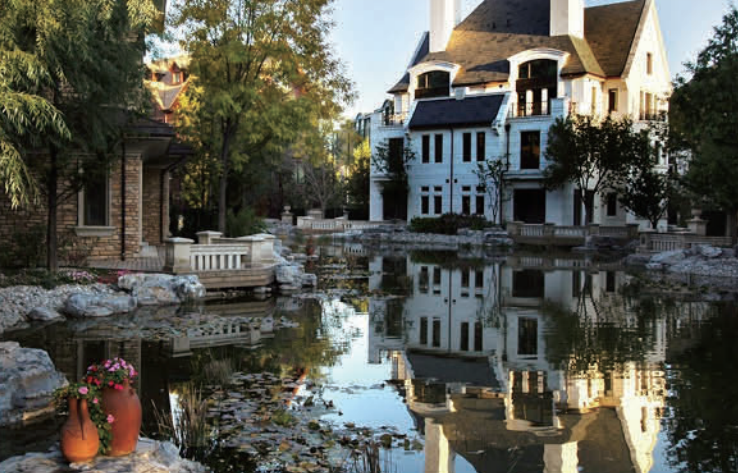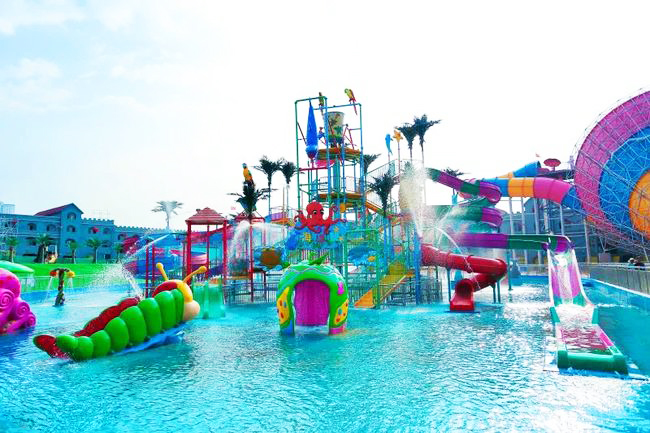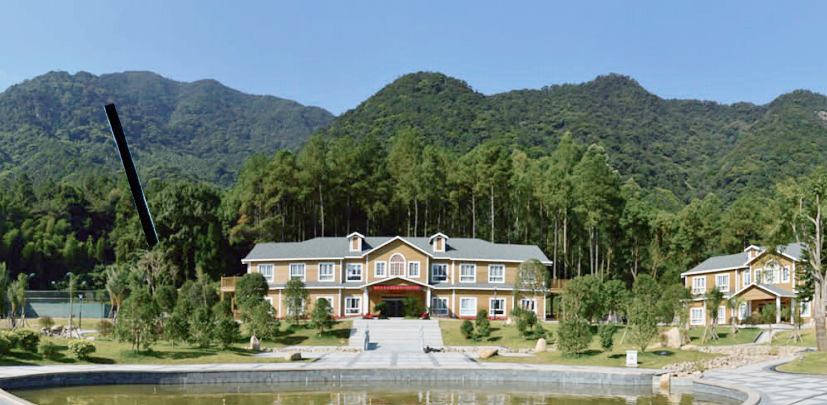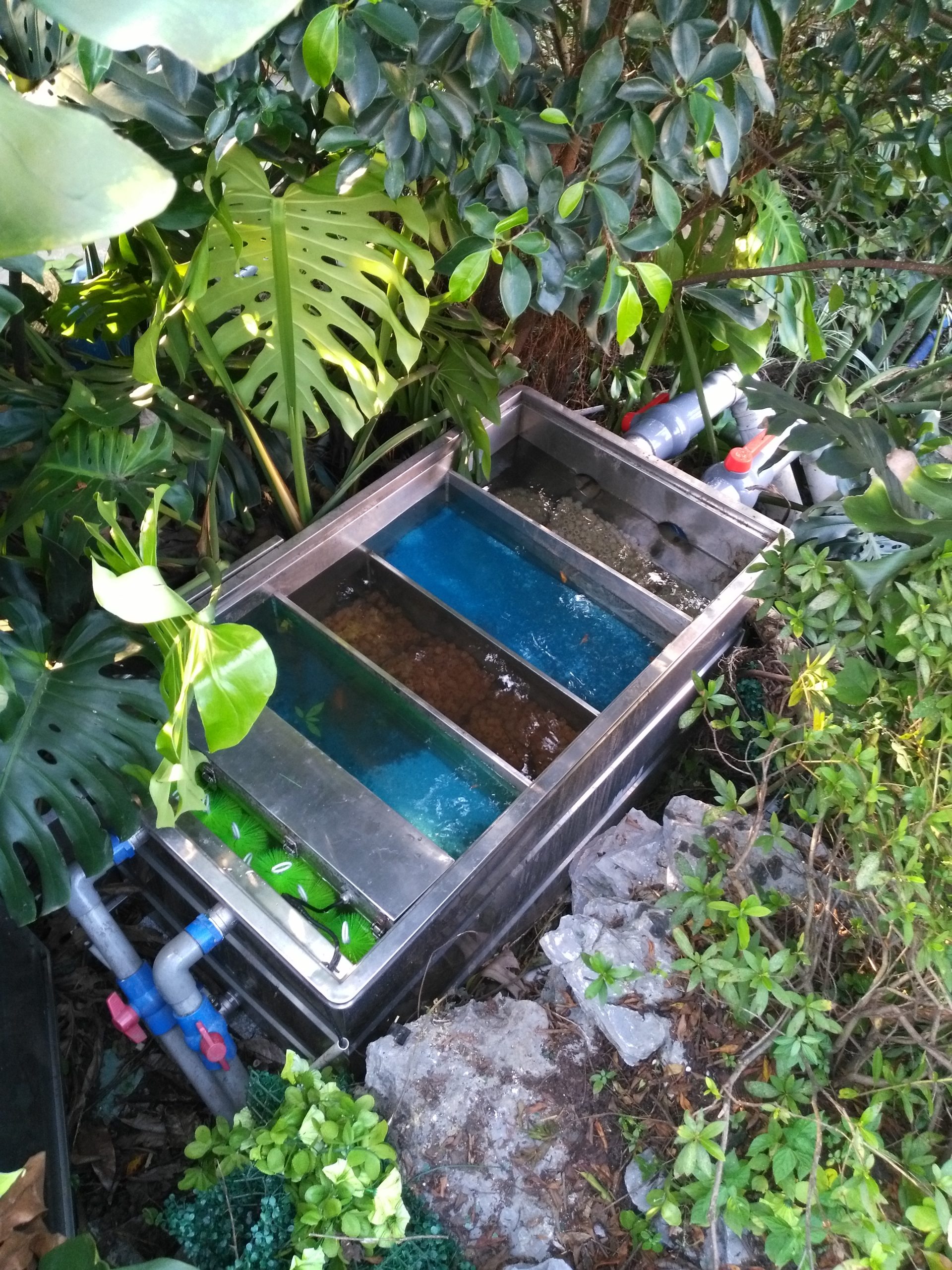common problems
contact details
 Ollies (Guangzhou) Recreation and Sports Equipment Co.
Ollies (Guangzhou) Recreation and Sports Equipment Co.Tel: (020) 82686289
Fax: 020-82694853
Headquarter: No.31-37, Xincun 2 Road, Shangjiang North Street, Dongzhou Village, Xintang Town, Zengcheng City, Guangzhou, Guangdong, China
Effect of water temperature on feeding and growth of koi carp
According to meteorological standards, the average daily temperature for five consecutive days below 22 ℃, is considered to be in the fall, and Guangzhou generally to the second half of October will have a body temperature cooler meaning, is really in the fall.

Koi have a survival temperature of about 0 to 40°C and it also has a suitable temperature of about 14 to 32°C.Fish are able to survive and grow appropriately in this range, but this does not mean that the physiological activities of the fish do not change and remain all at one level within this temperature range.
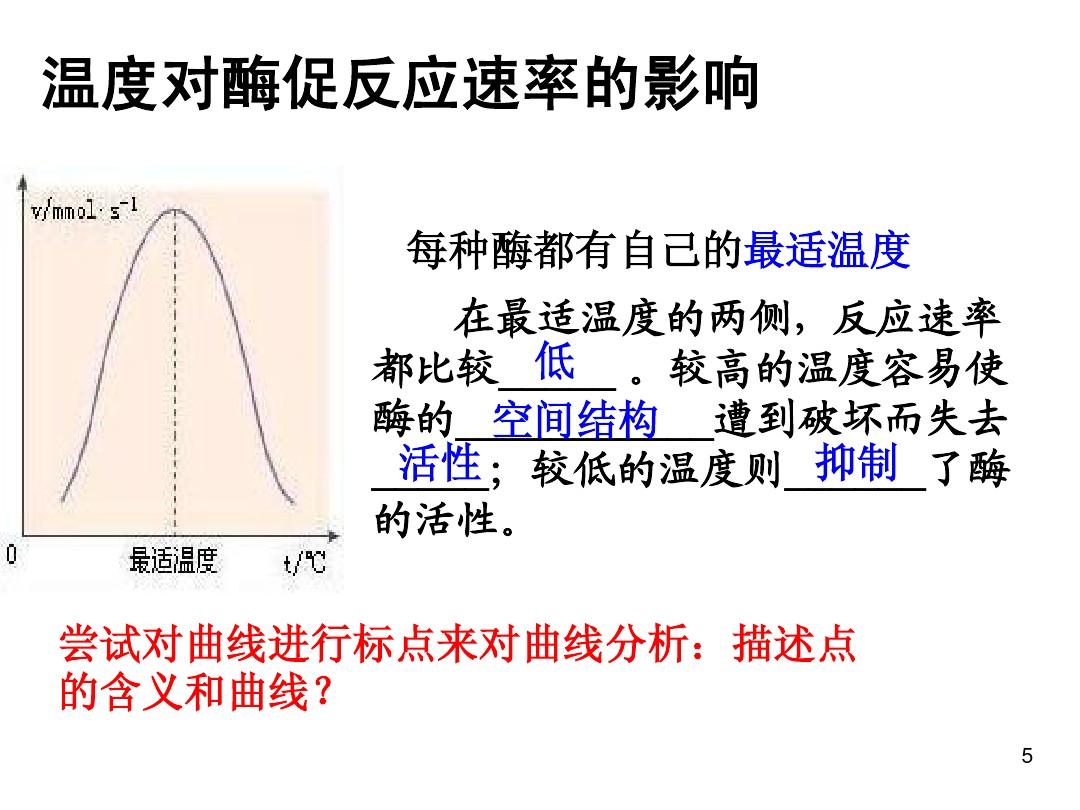
It is reported that a 10°C drop in temperature decreases the basal metabolic level of fish by half and the overall metabolic level by 2/3 to 3/4.
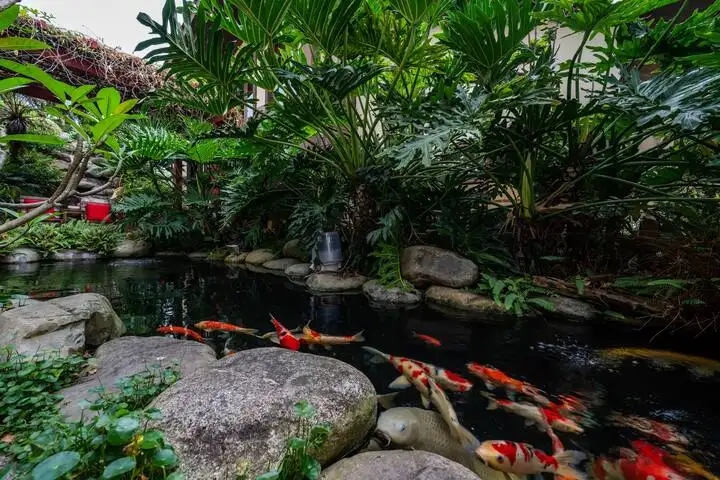
It can be seen that the temperature has been lowered, although the energy consumption of fish to maintain life and activities is less, but the intake of fish is less, digestion is also bad, the metabolism level is low, the synthesis of body protein and body fat is less, the overall performance is that the fish ate less, the growth is poor.
During the overwintering period, the fish not only don't grow, they lose weight.
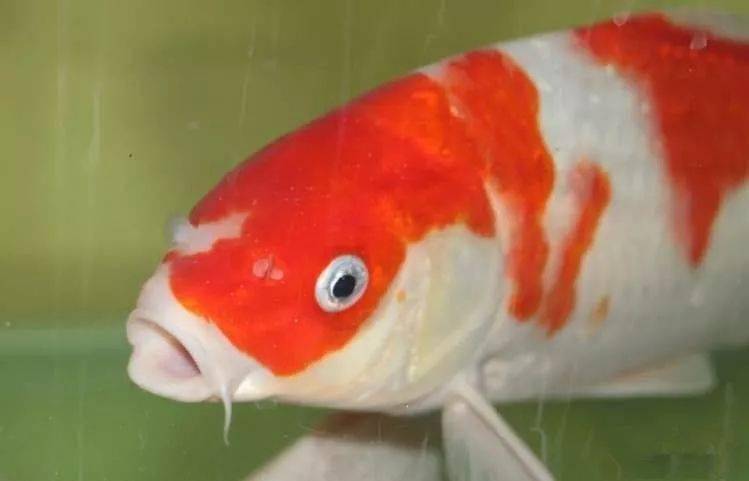
On the other hand, due to the high water temperature, the decomposition of organic matter in the water and underwater is fast, and the decomposition of organic matter oxygen consumption is the main consumer of dissolved oxygen in pond water, generally accounting for more than 40%.
Due to the above reasons, so that the pond in the high temperature period often appear hypoxia, low dissolved oxygen in the water, the fish are easy to float head. Low dissolved oxygen, fish feeding less, insufficient oxygen supply, metabolic level decreased, bait coefficient also increased.
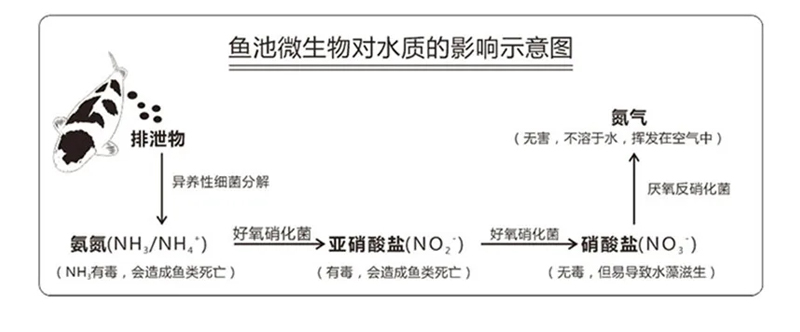
So in the heat and lack of oxygen, even though the fish eat a lot but grow slowly.
Also, a reminder "subsidize(of a stock animal) well-fed in autumn"Pay attention to the amount of feeding when you do.
-
The water temperature is at18-28Between degrees: daily feeding4-6times, of which it is recommended to feed live dry bait twice at noon, feeding principles"Small, frequent meals, each time7eat to satiety".
-
The water temperature is at12-18Between degrees: daily feeding1-2times to7-8It is advisable to feed the koi to their full capacity, and also observe how active the koi are, if they are not very active, then only feed them once a day, to6,7Becoming full is appropriate.
Autumn is the last of the two peak season of fish disease in a year, this disease is not as serious as the one in spring, but it is very likely that the koi will carry germs through the winter and break out after warming up in next spring, at the same time, if there is no fattening, then when it warms up in next spring, the koi will be in a relatively weak state because of the large amount of energy consumed during the winter, and it is very likely that the fish disease breaks out at this time, and the fish disease breaks out at this time. Once the fish disease breaks out, it is very likely that the fish disease will be "hopeless and die quickly".
Related content
- Long-term Maintenance System for Swimming Pool Water Quality: A Solution Based on Systematic Design and Intelligent Management
- Ministry of Ecology and Environment Releases Scoring Rules for Water Ecology Assessment Indicators in the Yangtze River Basin (for Trial Implementation)
- Homeostatic regulation of fish pond water quality: a systematic solution based on nitrification kinetics and nutrient thresholds
- Koi Pond Maintenance and Protection Guide during the Rainy Season | The Veteran Driver's Handbook of Dampness and Disease Prevention
- Pool water circulation system maintenance guide, goodbye to cloudy water quality to create four seasons of translucent "liquid sapphire".
- From zero to professional: a complete guide to pool equipment configuration that even a beginner can understand
- The Golden Ratio of Swimming Pool Ventilation and Dehumidification Systems: The Balancing Act of Airflow, Humidity and Energy Consumption

